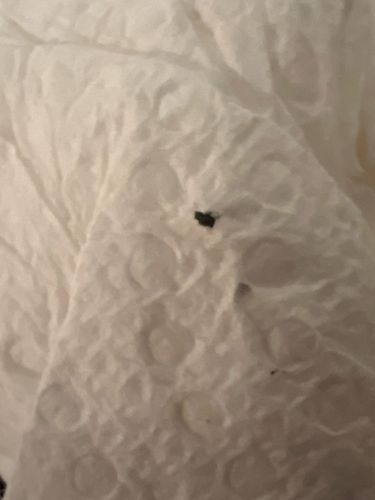Fungus Gnat (likely)
Scientific Name: Bradysia spp. (likely)
Order & Family: Diptera, Sciaridae (or related families like Mycetophilidae)
Size: 2-8 mm (adults)

Natural Habitat
Damp, moist environments, especially around potting soil of houseplants, growing media, decaying organic matter, and overwatered plants. Adults are often seen flying near lights or windows.
Diet & Feeding
Larvae feed on fungi and decaying organic matter in soil, and sometimes on plant roots. Adults typically do not feed or feed on liquids.
Behavior Patterns
Adults are weak fliers and often seen walking on leaves, soil surface, or nearby surfaces. They are attracted to light. Larvae live in the top layers of moist soil. They have a short life cycle (3-4 weeks from egg to adult).
Risks & Benefits
Potential risks: Larvae can damage roots of seedlings and young plants, leading to wilting, stunted growth, or even death, especially in nurseries or greenhouses. They can also be a nuisance indoors. Benefits: Larvae contribute to decomposition of organic matter in soil.
Identified on: 10/29/2025